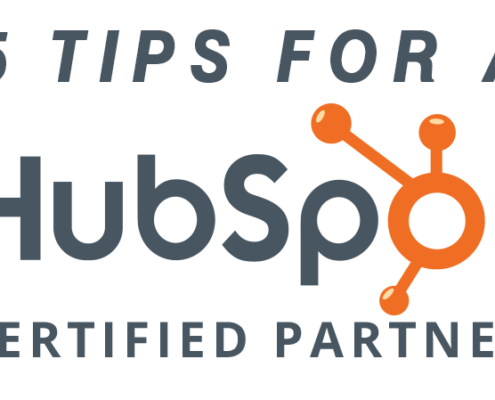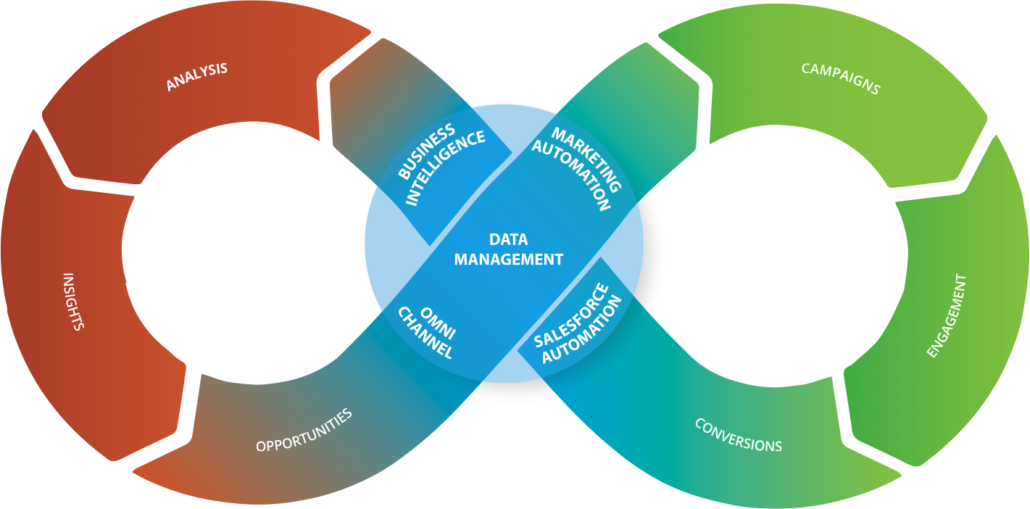You have implemented marketing automation and you are generating some inbound leads. Great! You have uploaded a database of contacts and these represent even more potential ‘leads’ (in the system). Now you need to manage all these leads. How do you convert them into subscribers and real sales leads?

Of course, only a handful of leads are likely to become MQLs – Marketing Qualified Leads ready for sales engagement. Also, sales will likely want to send some MQLs back to marketing for more nurture. You need an approach to manage all the leads and contacts in your marketing database and start to nurture them into sales ready MQLs.
How do you set up a lead nurture program to generate more MQLs?
The answer is simple segmentation. Tackle this in three simple steps:
1. Define your buyer personas. Start with a few (3-4 perhaps) and build from there if needed. Personas could represent your typical economic buyer, technical buyer, business decision maker and influencer. Focus on personas that would likely value different types of content and messaging from you at a different cadence. Some marketing automation solutions will automatically generate lists based on the persona and corresponding drop down self-selection fields that new prospects can complete to self select one of these persona segments.
2. Define your custom fields. This is an important step to ensure the database has the parameters you need based on your specific business. Of course, the more data fields you track, the greater the segmentation options, but the harder it is to maintain and complete profiles for each contact. Data fields (custom and standard) may include things like business function, industry segment, personal contact status, interest areas, client status, partner, analyst, consultant, etc. You can also use existing analytics, like behaviors (interests) and lifecycle stage to help further create target segments and lists. All these existing and custom fields will allow you to build highly targeted lists for nurture campaigns and sales focus.
3. Build a matrix of segments to nurture campaigns. Now you can create a set of segments using the personas and appropriate custom fields. These segments can each receive different engagement campaigns. Campaigns can be set up along the customer journey; for example awareness stage, consideration stage and decision stage campaigns. Another campaign archetype could be general company news and updates. Build your matrix to define which segments gets which campaigns and agree this with the sales team.
Now that you have the database set with personas and custom fields, you can run queries and build targeted lists for specific sales / marketing campaigns and follow-up. Of course, the process between marketing and sales must be highly collaborative. You can answer a range of queries that may trigger a targeted campaign or sales prospecting follow-up, e.g.:
- Who has visited the site and registered in the last 2 weeks ?
- What people that we know, have we not reached out to in the last 8 weeks ?
- Who made an initial visit to our site and returned n times to download what?
- Who do we know at XXX Company?
- How many [sector] contacts visited/registered/ and downloaded the Infographic or eBook?
- Who has responded to our initial message?
- How many contacts do we have in Segment A?
- Who visited our site and registered – but we have not followed up with?
Contact us know if you want to discuss nurture strategies in greater detail.




